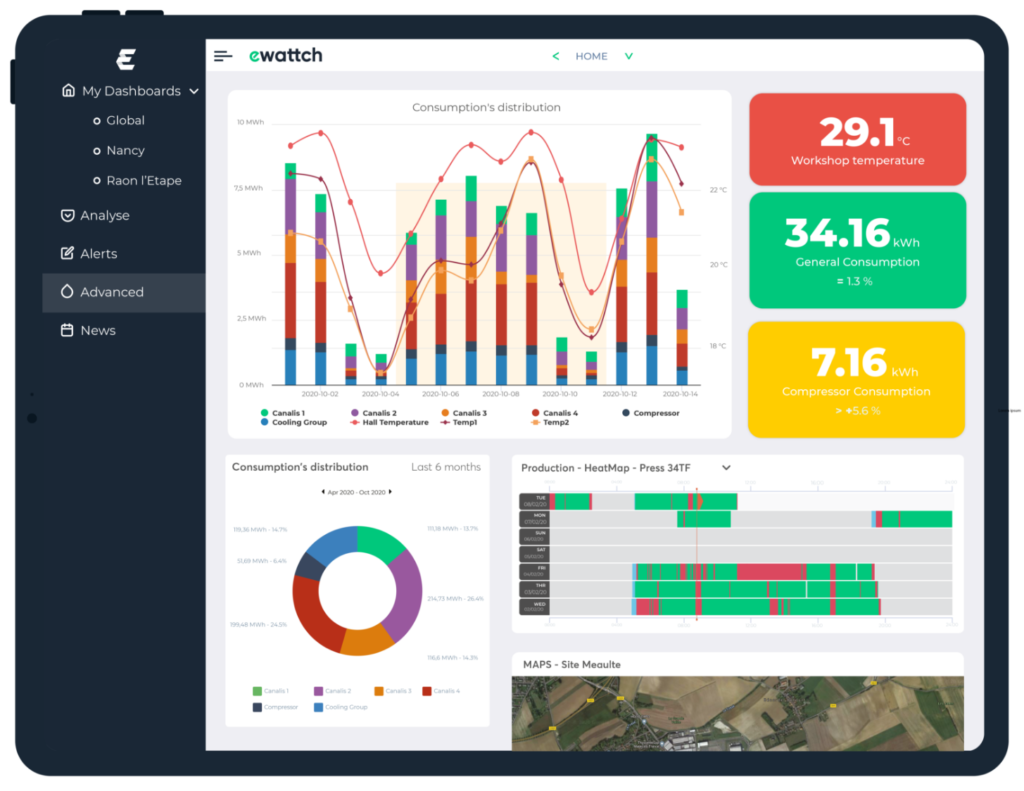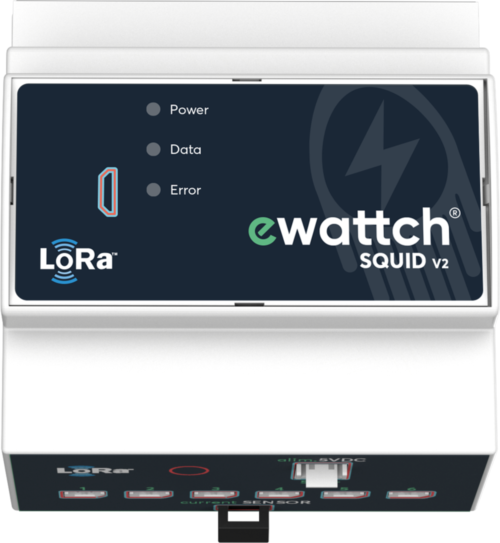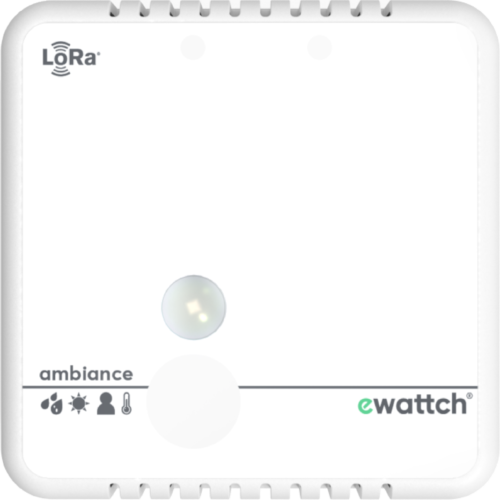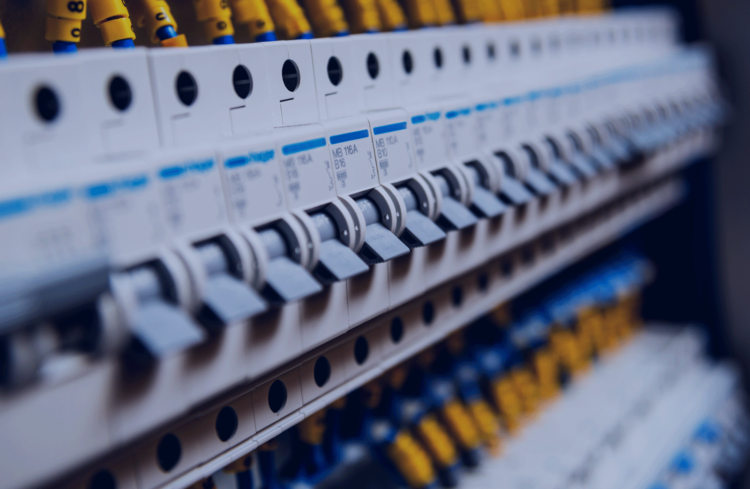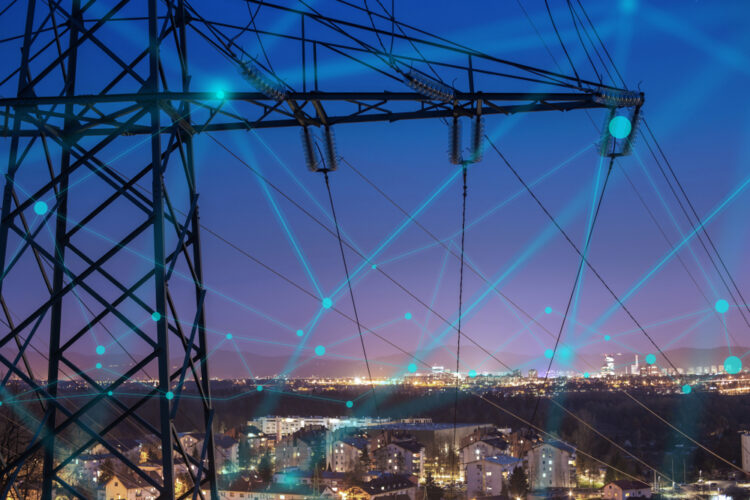Faced with today's economic and environmental challenges, controlling energy costs and consumption has never been more crucial. The ISO 50001 standard, centered on the Energy Management System (EMS), is a robust and structured response to optimize corporate energy management. Applied voluntarily by companies, this standard is accessible to all organizations, whether private or public, and whatever their size. By 2022, some 1,000 structures in France had already adopted this standard to improve their performance. What are the requirements of ISO 50001? What are the benefits for companies? And how can it be effectively implemented? All the answers in this article.
What is ISO 50001?
The ISO organization
The International Organization for Standardization, better known by its acronym ISO, is an independent, non-governmental organization that brings together experts from different countries to develop International Standards in a variety of fields. ISO standards provide technical specifications, guidelines and practical guides, helping companies and organizations to improve performance, guarantee safety and promote innovation.
Definition of ISO 50001
ISO 50001, specifically, was introduced in 2011 and revised in 2018. It provides a framework for establishing, maintaining and improving an energy management system, also known as an Energy Management System (EMS). By following this standard, companies adopt good technical and managerial practices for effective energy management, facilitating continuous improvement in their energy performance.
Why ISO 50001?
Establishing an energy policy
The ISO 50001 standard is designed to help companies develop a coherent energy strategy for the short, medium and long term. By establishing a structured framework, it enables precise action plans to be defined and energy efficiency initiatives to be prioritized. This standard provides essential technical knowledge on how to measure and manage performance, thus ensuring an efficient energy policy and optimum use of resources.
A lever for operational management
In concrete terms, the ISO 50001 standard is part of an approach to energy sobriety, enabling companies to analyze their data in greater detail. In so doing, it provides decision-makers with the keys to rationalizing investments and directing technological choices towards high-performance energy solutions. In short, ISO 50001 enables organizations to implement proactive energy management, optimize their operational efficiency and reduce their environmental footprint.

Steps to ISO 50001 certification
In France, ISO 50001 certification is awarded by certification bodies accredited by COFRAC (Comité Français d'Accréditation), such as AB Certification, AFNOR, APAVE, BCS, VERITAS, DEKRA, SGS ICS, SOCOTEC, UTAC and OGHAM. The main stages in the process are as follows:
- Evaluation visit: Although optional, this step is highly recommended, as it increases the likelihood of obtaining certification. It provides an initial diagnosis of the energy issues at stake, and establishes a working basis for the initial audit.
- Initial audit: An auditor carries out a detailed assessment of the company's energy situation. This in-depth analysis includes a review of internal and external energy data, and an assessment of existing practices.
- Drawing up and submitting the report: This document summarizes the audit findings and proposes a new energy management policy, serving as a roadmap for the necessary improvements.
- Certification audit: The purpose of this audit is to verify the company's eligibility for ISO 50001 certification, before issuing the certificate.
- Maintenance audits (annual) and renewal audits (every 3 years): To ensure that the approach is maintained, audits are carried out to reconfirm the company's commitment and compliance with the standard, with a view to continuous improvement.
The total time required to obtain ISO 50001 certification generally varies between 6 and 18 months, depending on the size of the structure and its energy complexity.
What are the benefits and why should you use it?
Implementing the ISO 50001 standard is a strategic investment that offers numerous economic and environmental benefits for companies:
- Lower energy bills: By optimizing their energy consumption, companies make substantial savings on their operating costs. According to AFNOR, 65% of certified companies are satisfied with the benefits of ISO 50001 implementation.
- Reduced ecological footprint: By reducing the environmental impact of their activities, companies play an active part in the fight against climate change. Although not compulsory, ISO 50001 certification is a sign of confidence in corporate social responsibility (CSR). It attests to a company's commitment to sustainability, and reinforces its image with stakeholders.
- Improved operational efficiency: data analysis helps to highlight excessive consumption and the resulting anomalies. Remedial action can then be taken to improve operational efficiency and market competitiveness.
- Compliance with the tertiary sector decree: ISO 50001 is an approach that complies with the requirements of this regulation, and enables us to achieve the objectives in terms of reducing energy consumption in tertiary sector buildings.
- TGAP rebate: ISO 50001 certification can be a factor in eligibility for a reduction in the Taxe Générale sur les Activités Polluantes (TGAP).
- Exemption from compulsory energy audit: Certification allows exemption from the compulsory energy audit for companies with more than 250 employees, thus reducing administrative constraints and associated costs.
- Facilitating the integration of ISO standards: ISO standards are designed to be implemented with each other, enabling more harmonized management of management systems. This simplifies processes and improves overall organizational efficiency. In this way, for example, it is possible to integrate ISO 14001, which deals with environmental impacts in their entirety.
- Employee cohesion: Adopting the standard stimulates involvement and internal cohesion around a common goal. Employees are motivated by a shared vision, fostering greater team spirit.
How do you implement ISO 50001?
Implementing ISO 50001 requires a methodical approach. To begin with, it is advisable to call on the expertise of third parties to provide professional support and sound advice in the field of energy management.
Furthermore, this approach requires constant commitment on the part of the company. It is essential to appoint a dedicated manager to oversee all operations, monitor progress and ensure ongoing energy performance. This person should be the point of contact for all stakeholders on all matters relating to ISO 50001.
The next step is to define an energy policy with clear, achievable and measurable objectives. These objectives must be in line with the company's overall strategy and aim for continuous improvement in energy efficiency.
It will then be essential to define a metering plan that pinpoints the extent of the areas to be monitored, as well as the performance indicators to be tracked.
Finally, it is crucial to raise awareness of energy issues among all employees, and provide them with the means to become actively involved. Effective communication and appropriate training will help create a corporate culture geared towards energy performance
To help implement the ISO 50001 standard,PRO-SMEn financial assistance is available.
Ewattch: solutions tailored to your ISO 50001 approach
Data acquisition with sub-meters
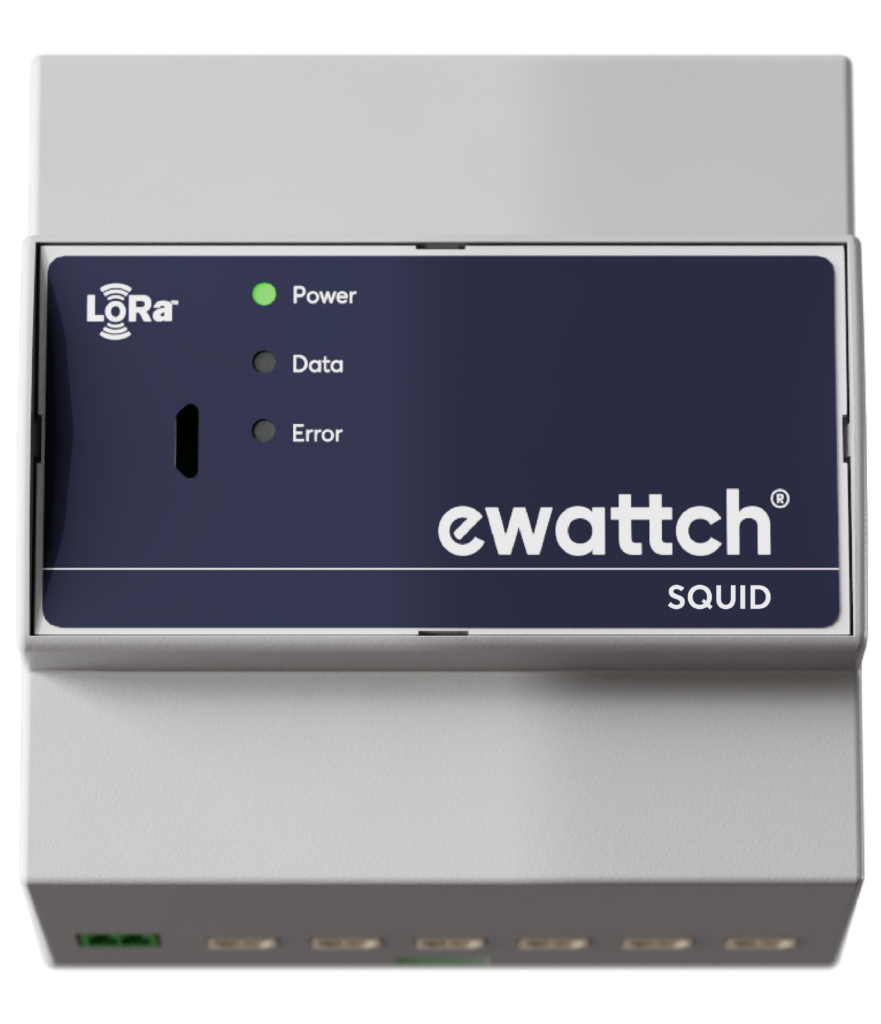
Ewattch is committed to helping you achieve ISO 50001 certification by offering comprehensive solutions for your energy review. Our range of SQUID electrical sub-meters provide precise data on each zone and each piece of equipment individually. These in-depth analyses and detailed performance reports are essential for effective energy management.
Analyze data and make informed decisions
Our monitoring systems keep you informed in real timeabout the performance of your structures. All data is centralized on a dashboard that enables you to quickly identify sources of energy consumption and detect anomalies and waste. This platform also makes it easy to measure the effects of any corrective or preventive actions implemented, and to assess their cost-effectiveness.
Control and automate devices
Our solutions are designed to integrate with control platforms for efficient building management. They automate interventions to optimize energy efficiency on an ongoing basis. With EWATTCH and its partners, benefit from a proactive, technological approach to achieving and maintaining your ISO 50001 certification.
Challenge your teams
With our supervision module, screens strategically placed around the company display consumption data in real time, raising employee awareness. The platform then enables managers to give free rein to their creativity in engaging teams. We suggest, for example, organizing inter-departmental challenges and competitions, making energy optimization fun and competitive. This interactive approach encourages the adoption of best practices and establishes a participative energy efficiency culture.
